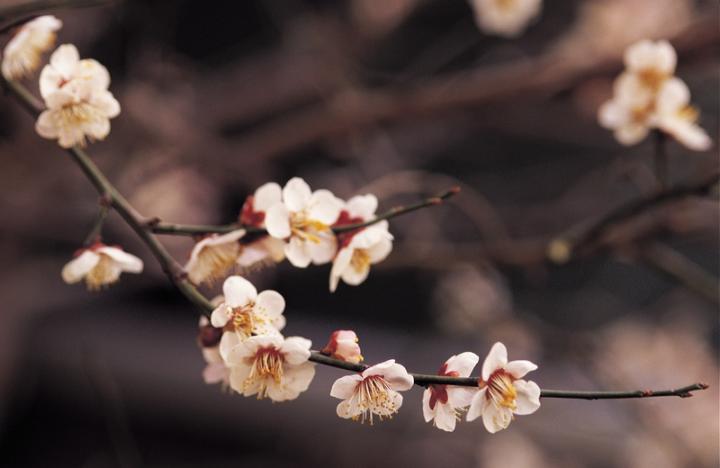As gardeners, we’re eager to get spring going as early as we can! If you simply cut a few branches of spring-flowering trees or shrubs, the buds will bloom indoors, filling the room with sweet blossoms of spring!
What is Forcing Branches?
This age-old practice is about bringing flowering branches of trees and shrubs indoors in late winter.
Common branches to “force” are Forsythia, Pussy Willows, Tulip Magnolia, Redbud, Quince, Dogwood, Lilac, and Viburnum.
The branches need to have buds that haven’t yet blossomed. You’ll prune a few non-essential branches and cut in a base. The buds will graduation open indoors, similar to the way cut flowers unfurl their petals.
Don’t worry about harming your shrub or tree. In fact, this will get you outside to do the late winter pruning that’s essential at this time of year. See our Winter Pruning Guide for Trees and Shrubs. (See more tips below the chart.)
Best Trees and Shrubs for Forcing Branches
Below is a list of the best trees and shrubs that you would prune before bloom. The numbers in the chart below indicate the approximate number of weeks that the branches will take to flower indoors.
Note: Branches won’t flower until they’ve had a proper cold period, usually about six weeks.
January to early February is a great time to force forsythias and witch hazels. By mid-February, try eastern redbud, cherry, and red maples. By mid-to-late February, consider lilacs, honeysuckle, willows, and magnolias.
If you have pussy willows, they are a great choice for forcing indoors. They don’t require water, and they last for ages. (Wait until the downy catkins have broken out of their casings.)
Best Trees and Shrubs for Forcing Indoors
*Note that the trees tend to be stubborn, and their blossoms may not be as rewarding as those of the shrubs.
How to Prune Branches
All you need is a pair of clean, sharp pruners (and a spring-flowering tree or shrub!) No special expertise is required.
- Choose a day when the temperature is above freezing. The milder temperatures help ease the transition the plants must make from outdoors to indoors.
- Look for branches that have large plump buds. Select branches that are not essential to the form of your shrub or tree, in a crowded section, and towards the back of the plant.
- Look for
- Prune a 1 to 2 foot-long length of branch. Choose a branch with lots of buds, preferably with very small buds that are beginning to open. (The flower buds are generally fatter and more rounded than leaf buds.)
Remember proper pruning! Cut branches on the diagonal. Steeply-angled cuts ensure water uptake.
It helps to “bruise” the cut ends: Crush the stem ends with a small hammer; they’ll soak up the water faster.
How to Force Branches
- Once you’re inside, set the branches in a tall vase or container, where they get sit in room temperature overnight. Add water (about 3/4-filled).
- Cut slits from the cut up the branch for several inches to promote water uptake. (Make sure the vase won’t tip with the heavy branches.)
- Keep the vase in a bright room away from heaters and direct sunlight. The brighter the room, the better the quality of bloom.
- Recut the ends using a slanting cut the next day.
- Change the water every few days so the branches don’t rot from a build-up of bacteria forming. Mist branches helps to prevent the buds from drying out before they bloom.
- Flowers should appear in a few weeks. Once blooms appear, display in a warm area and enjoy!
Note: If it does not work the first time you try a plant, cut branches a few weeks later and try again.
Misted flowers and catkins can last for up to a week in a cool, 60-degree room. Branches with leaves may last longer.

You can also bring spring indoors with flowering bulbs indoors, like hyacinths and daffodils. See our article on forcing bulbs for early bloom indoors. Fill your home with flowers!











Comments